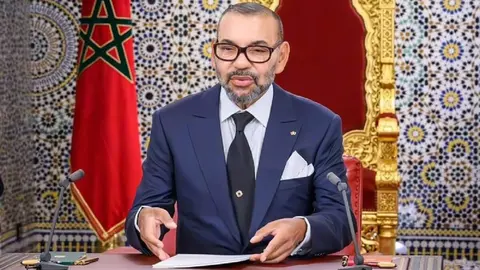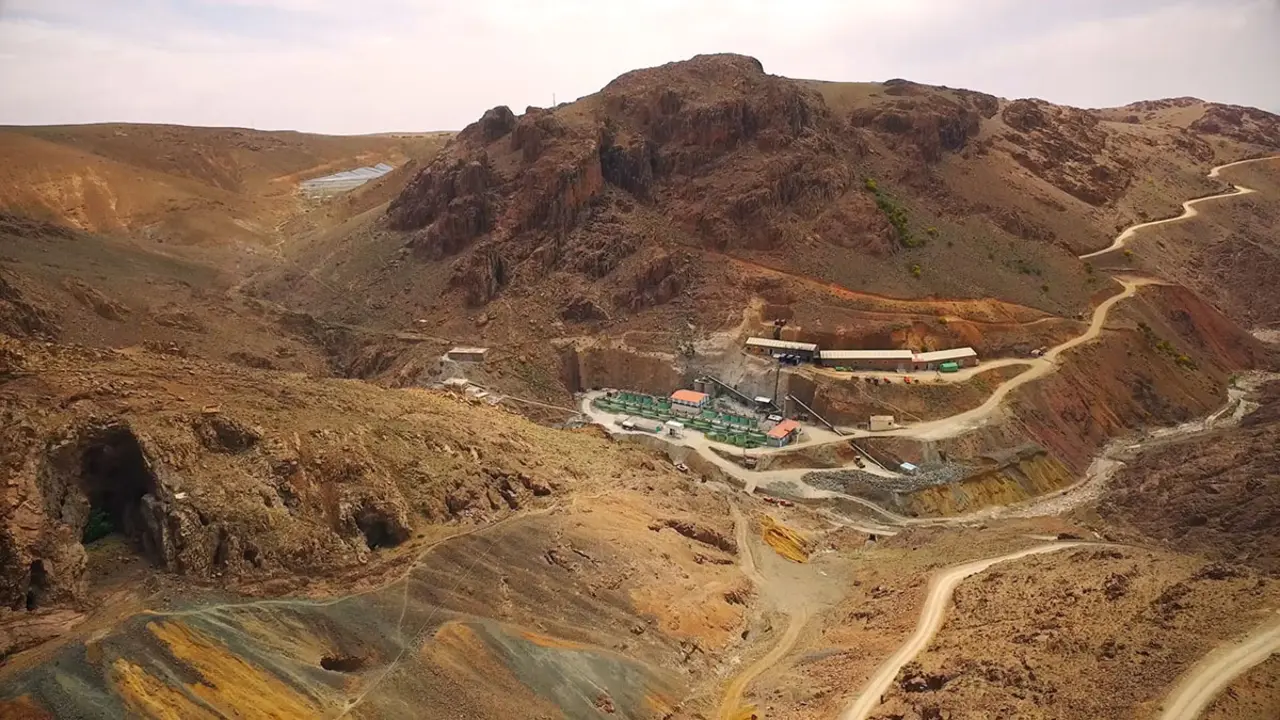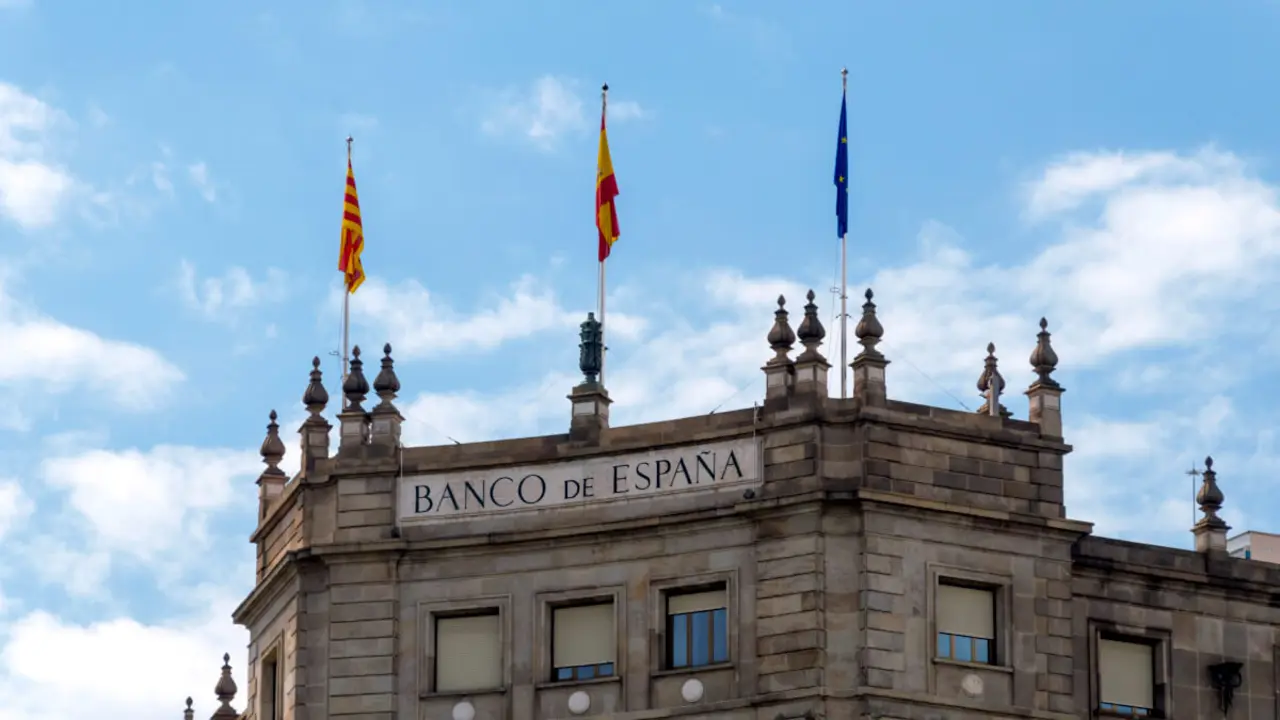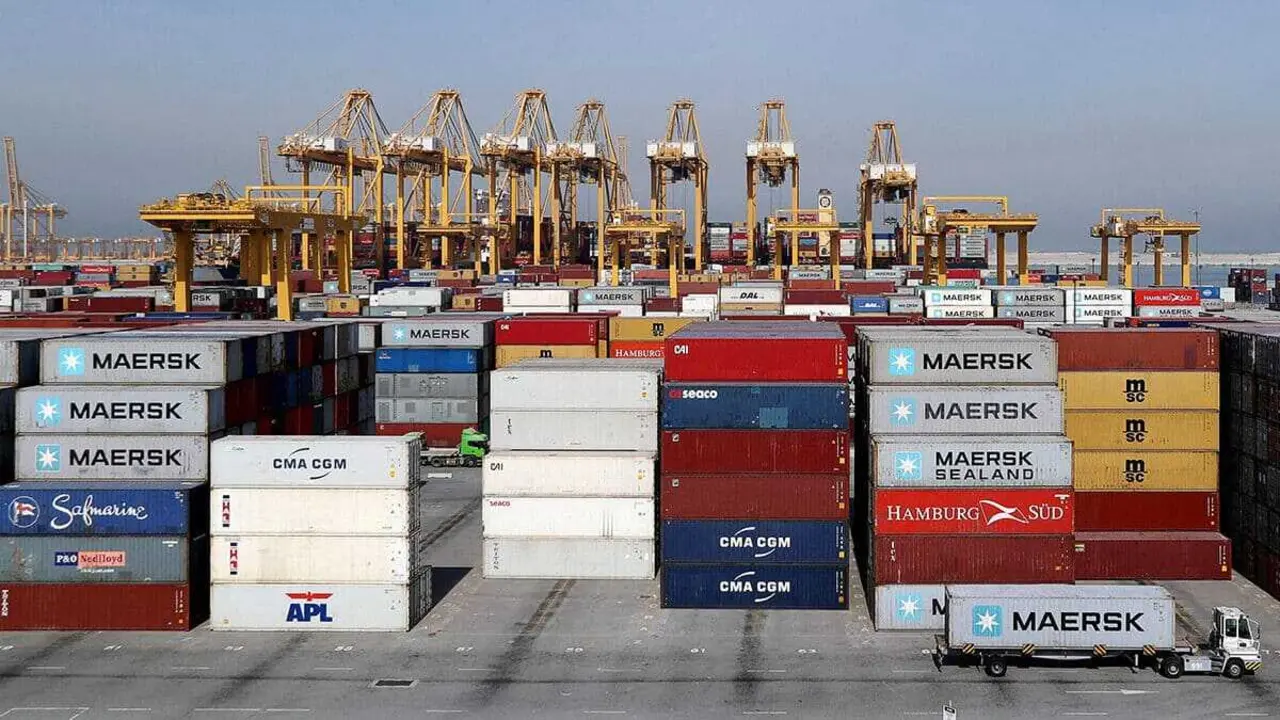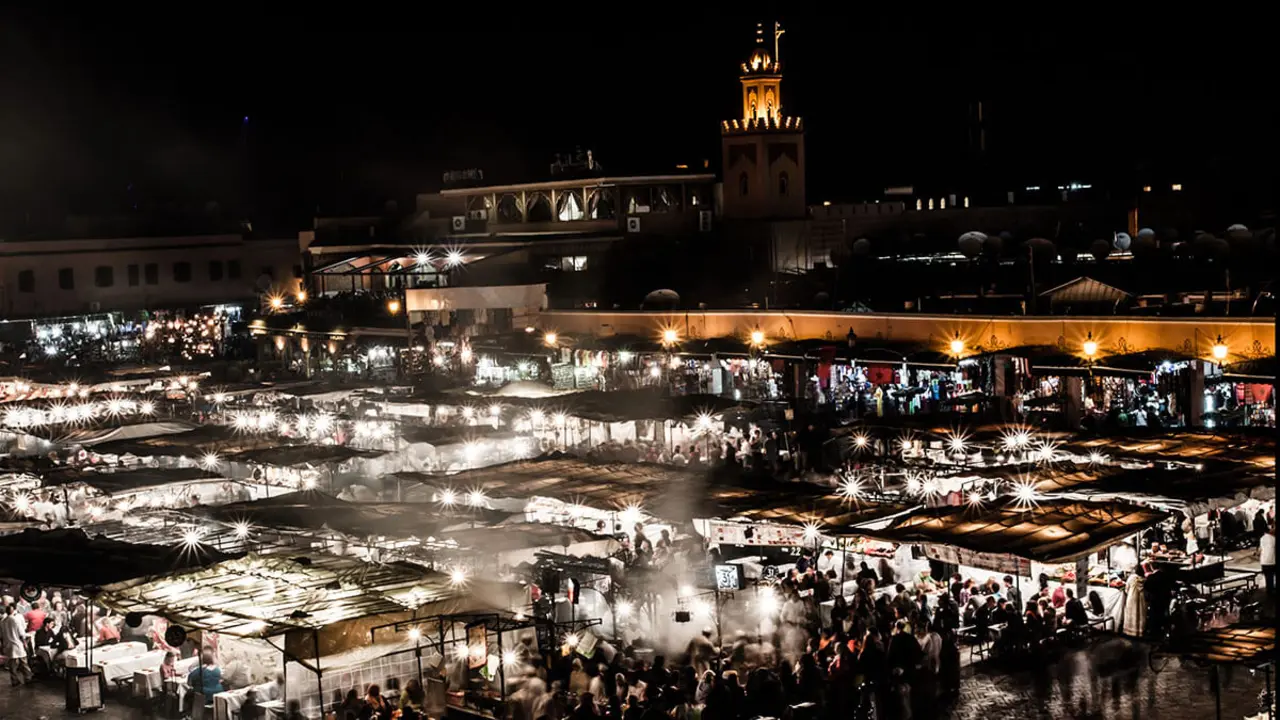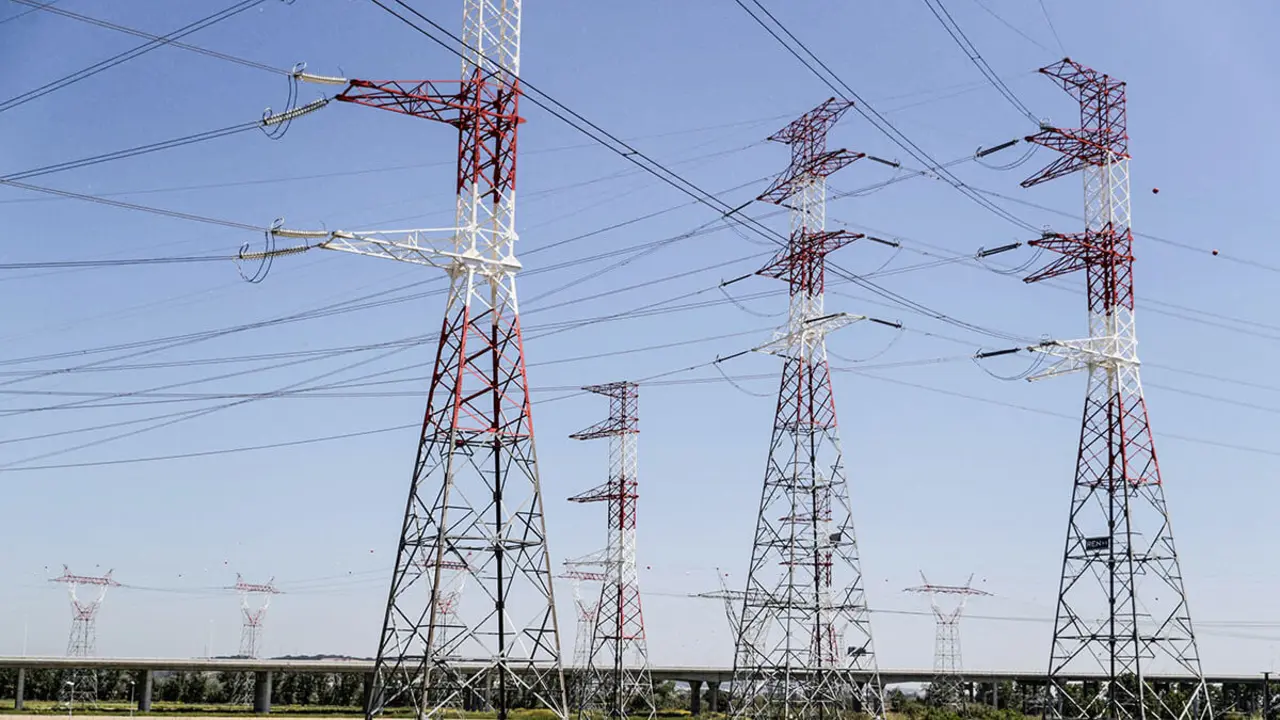The four principles of Morocco's continental strategy in Africa

According to the report of the Moroccan Institute for Strategic Intelligence, published in November, which examines the strengths, weaknesses, opportunities and risks related to Morocco's economic strategy in Africa, Morocco's strategy is based on four principles that currently guide the country's economic action on the African continent.
Maximising continental added value
The first principle of maximising continental value added, also known as 'enhanced regional value chains' (ARVC), aims to rationalise African exports of raw materials and commodities to extra-continental territories.
In 2021, more than 80% of African exports are still primary commodities: mining products, hydrocarbons and agricultural products. However, despite the fact that some economies remain dependent on export earnings from mining, energy and agricultural products, there is indeed significant scope for channelling a portion of these raw materials to regional value chains to transform them and increase their value.
This principle is evidenced by the OCP Group's series of investments in the production of phosphate fertilisers, given the two projects to build fertiliser plants, one in Nigeria, operational from the end of 2022, and the other in Togo, which will enable Togolese phosphate to be directly transformed into fertiliser. In both cases, the value of the final product is higher than the added value of the initial products.
Beyond the agricultural and agri-food sectors, the logic of increasing regional value chains applies to a wide range of sectors of activity, including the energy sector, manufacturing industries (manufacture of electrical equipment, computer products, etc.) and services to individuals and businesses (media, Internet, digital services, etc.).
In this respect, the ZLECAF free trade area agreement reinforces this dynamic of maximising continental added value. The removal of tariff barriers between African economies for a wide range of goods allows African companies, particularly Moroccan ones, to further develop their regional value chains while remaining competitive.

Adopting an ecosystem approach to development
Entering a new market is always an exciting adventure, but also a difficult one for any ambitious company seeking sustainable growth. Morocco therefore opted for an ecosystem approach to development to solve much of this difficulty. The approach consists of bringing together, within the same business space, a number of economic operators that present the potential for synergies and opportunities for complementarity.
An ecosystem is based on two categories of actors: actors called "leaders" who have a significant volume of business, expertise and knowledge, and large investment capacities, and actors called "boosters" who evolve around the former by providing complementary value links and who take advantage of the ecosystem to scale up and develop.
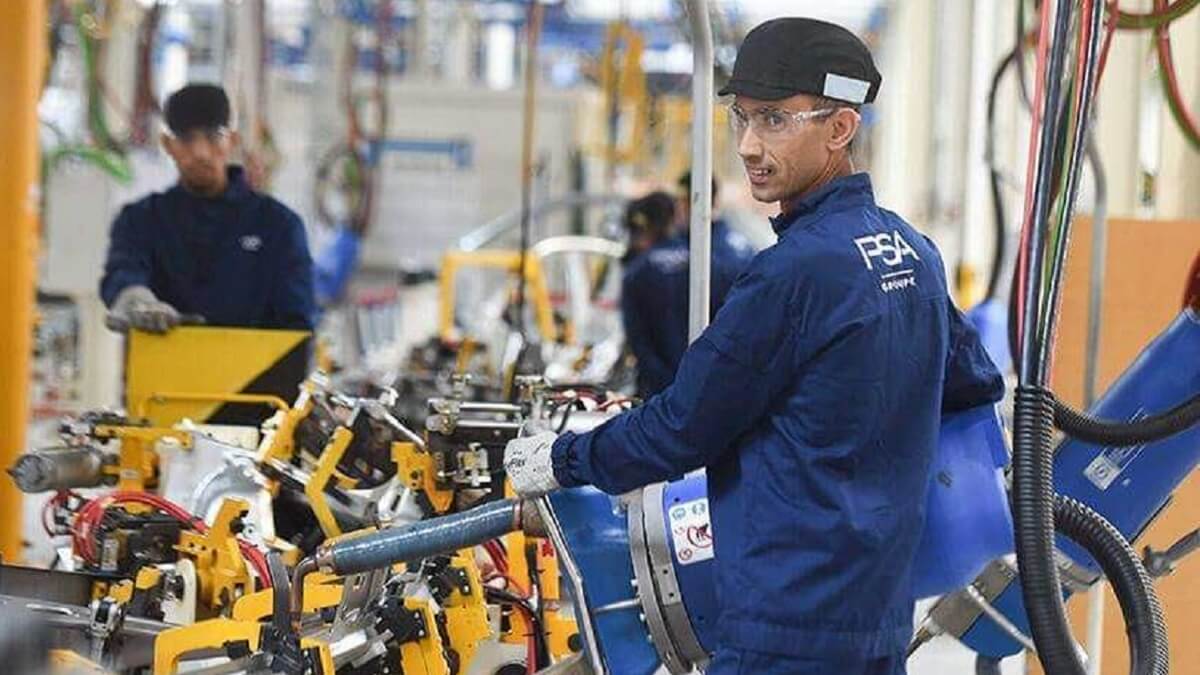
It should be noted that the ecosystem approach is not limited to large groups and established incumbents, but allows for the inclusion of intermediate-sized enterprises (ITEs), small and medium-sized enterprises (SMEs) or even innovative start-ups, as well as self-employed professionals. This richness facilitates the development of innovation within the ecosystem, which becomes a vector of growth for all ecosystem stakeholders.
This ecosystemic approach adopted by Morocco allows the development of co-optation dynamics at the continental level; combining competition and cooperation to establish a vast field of learning for the benefit of African companies that opens up horizons for them to grow and improve their skills, their knowledge and their value propositions.

Ensuring the sustainability of the development model
Given that the African continent is home to extremely rich fauna and flora, the principle of sustainability of the African development model requires that policy and economic decision-makers refocus their attention on the conservation of biodiversity and the protection of natural ecosystems.
In addition to its contribution to the prosperity of local populations (food, water, health, etc.), experts consider African biodiversity to be a strategic asset for the continent's economic and technological development, as the deterioration of the quality of Africa's natural ecosystems has serious consequences for the well-being of its inhabitants, such as climate risks, reduced soil fertility, degradation of the quality of water and of certain foodstuffs.
In line with the objectives of conserving the continent's natural resources, in Morocco, public authorities have taken a series of steps since the beginning of the century by launching national plans aimed at consolidating and reinforcing biodiversity conservation efforts. In 2016, Morocco formalised a new national biodiversity strategy and action plan based on six axes; with a view to strengthening the conservation of species, ecosystems, ensuring the sustainable use of biodiversity and biological resources, efficiently implementing the National Biodiversity Strategy and Action Plan 2016-2020 (SPANB) and consolidating biodiversity governance.

Realising the concept of "one continent equals infrastructure"
Co-development represents a doctrine of economic cooperation based on a series of strategic assets, the cornerstone of which is infrastructure, which must be integrated into a network of related and complementary infrastructures in order to have a single and indivisible African infrastructure.
Adopting this principle will have the effect of influencing national and regional planning strategies; by focusing on the mutual impact of future infrastructure in Africa, optimising major projects that guarantee better connectivity. It will bring together the continent's various strategic assets. Another fruit is to attract more investment for development projects in Africa. Here, investment funds and national donors naturally prioritise projects that have a direct impact on the development of their territory.
It is worth noting that, in the context of financing, the Global Infrastructure Outlook estimates that Africa needs some $6 trillion to cover its infrastructure deficit.

